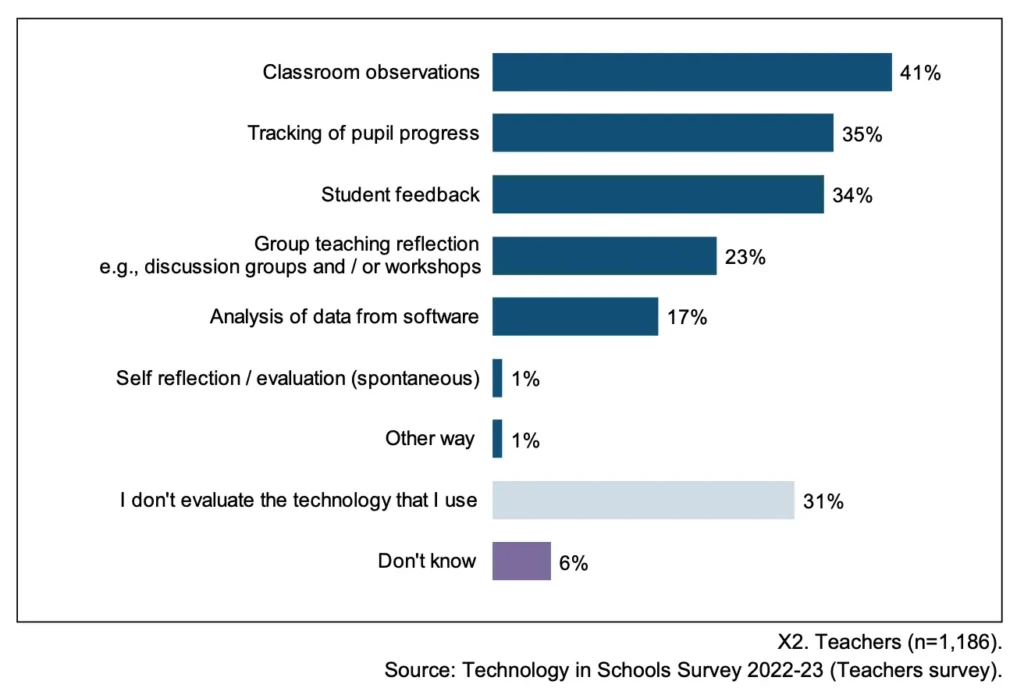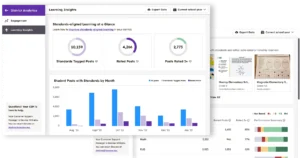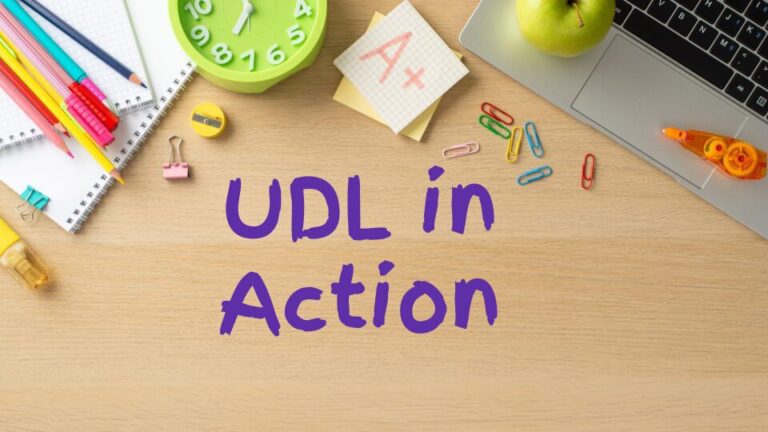Conducted by IFF Research and funded by the UK Department for Education, the 2022-2023 UK Technology in Schools Survey provides a detailed look at how digital technology is being integrated into schools across England. Key findings reveal that access to devices has improved and investment in connectivity, devices and digital tools is increasing. and teachers are becoming more confident with technology, but many still need more training. The report emphasizes the importance of long-term planning, more funding, and additional continuing professional development to improve the impact of digital learning.
Below, we discuss 4 key takeaways from the UK Technology in Schools Survey and how Seesaw aligns to the survey results.
1. Varied methods for evaluating technology effectiveness
The majority of teachers surveyed (63%) reported that they do evaluate technology use, with classroom observations as the most popular method of evaluation. Most survey participants who did evaluate technology used informal or qualitative means to determine edtech effectiveness, such as observations, student feedback, or personal reflection.
Seesaw helps teachers and school leaders track the effectiveness of technology through engagement and learning insights dashboards, making the task of measuring technology effectiveness data-driven, seamless, and straightforward.
2. Digital strategy adoption is increasing at the primary level
From 2020 to 2021, the percentage of primary leaders who said they had a digital strategy increased from 38% to 55%. Digital strategies increase the likelihood that technology adoption and implementation are purposeful. This trend indicates that more schools in England are using technology in a way that supports academic and student attainment goals.
3. Mixed feelings about technology’s impact on pupil attainment
Primary school teachers were more likely than their secondary school counterparts to report that technology had made no difference to pupil attainment (46% vs. 40%). Technology in schools survey report: 2022-23)
As one of the only education technology platforms built from the ground up for primary grades, we understand the challenges that primary teachers face when trying to use technology built for older learners. In fact, we explored this in our Reimagining Edtech for Early Learners white paper. The white paper found that only 25% of teachers believe that edtech was well-tailored to the needs of young learners. Many tech tools currently used in primary schools were initially designed for university.
While some improvements have been made to the design and implementation of technology for primary grades, it’s no surprise that many primary teachers continue to see limited impact on the educational attainment of young learners.
4. Key investment areas align with Seesaw capabilities

Support pupils with SEND
According to a survey we conducted in 2023, 95% of teachers believe Seesaw enables them to modify instruction to meet their students’ diverse needs. Seesaw Instruction & Insights includes tools built for primary learners that help teachers differentiate instruction and promote student choice to meet the needs of all learners. Learn more about our capabilities here.
Delivering lessons
Teachers deliver lessons with Seesaw’s flexible multimodal tools and ready-to-teach lessons. From the previously mentioned internal survey, 98% of teachers found Seesaw helpful for delivering engaging instruction and capturing evidence of student progress.
Teacher training and continuing professional development
Seesaw provides flexible professional development options for school leaders to ensure effective technology implementation and promote effective instructional practices. Learn more about our professional development offerings.
Tracking pupil progress
Teachers can track student progress in a number of ways with Seesaw:
- Pupils and teachers see immediate, auto-marked feedback with formative assessments.
- Teachers and school leaders can assess class progress against curriculum standards with learning insights dashboards.
- Teachers, leaders, pupils, and families can track progress with digital portfolios. Portfolio items and numerical marks paint a complete picture of student progress over the course of their primary school journey.
Planning lessons and curriculum content
Seesaw helps teachers streamline lesson and curriculum planning. Educators can use pre-made activities from the Seesaw Library or create their own. Teachers can also organize and categorize lessons for future use, making long-term planning more efficient.
Collaborating and sharing resources with others
Seesaw improves collaboration amongst teachers by making it easy to share activities and resources through Libraries. In School Libraries, here educators can browse, customize, and share lessons with colleagues. Teachers can create and organize collections of activities and resources, ensuring curriculum alignment and the exchange of best practices.
Seesaw supports co-teaching by allowing multiple teachers to manage a class, collaborate on assignments, and provide joint feedback to students. Additionally, Seesaw Instruction & Insights offers school and district-wide libraries where educators can share learning materials, promoting consistency across grade levels and subjects.
Seesaw is trusted and loved by 1.4 million educators, pupils, and families in the United Kingdom. We continue to meet the needs of British teachers and school leaders and have made significant enhancements for our customers for the UK 2024-25 school year. Learn more at https://seesaw.com/uk.






